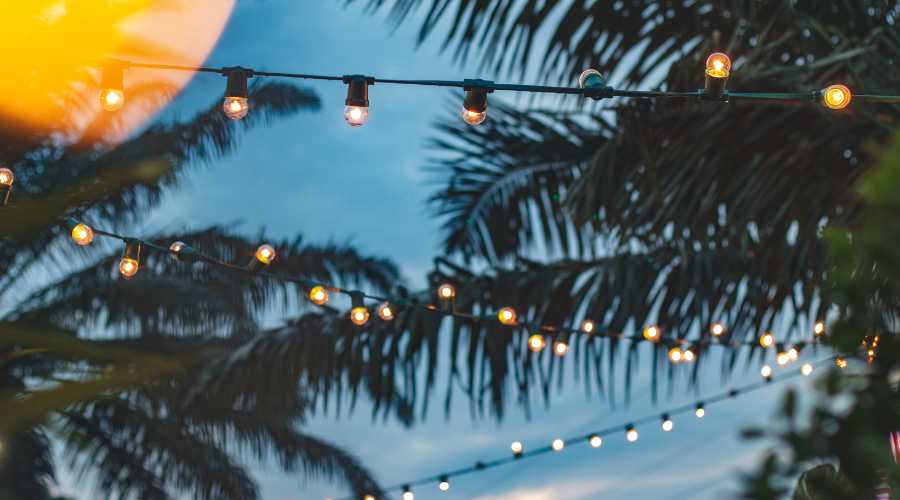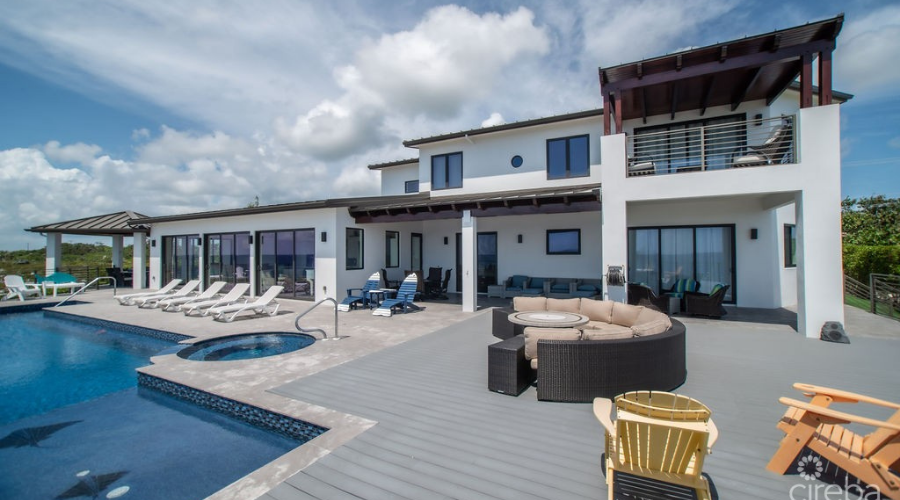
The Cayman Islands, with its capital, George Town, situated 180 miles (290 km) northwest of Jamaica, is a group of islands and an overseas territory of the United Kingdom in the Caribbean Sea. This island group comprises of the islands of Grand Cayman, Little Cayman and Cayman Brac, which are the rock outcrops of a submarine mountain range extending north eastward from Belize to Cuba.
The islands are a socially homogenous society owing to the secluded lands alongwith the social integration as a result of the emancipation of slaves in 1835. Caymanians had to depend on the sea as a necessity. What became important was shipbuilding and “sailorizing”, the earlier term for seafaring. The locals made use of indigenous materials such as coral fans for flour sieving, skins of fish for scrubbing and the washwood plant for soap. To make hats, baskets, roofs and the prized rope, silver thatch palm was used. The rope was a significant item as it did not rot in saltwater and could be traded for other essentials.
One amongst the territory’s main assets is its pleasant tropical climate, due to which, tourism is the primary contributor to the economy. The place experiences moderate temperatures all-round the year, with an average of about 81 °F (27 °C) annually.
During the early years of the islands, Caymanians became great shipbuilders and made excellent sailing vessels and small hand tools and set out for fishing hundreds of miles away from home. Meanwhile, the women twisted thatch rope for the purpose of trade with the nearby countries.
Turtles were to be found in abundance in the vicinity of the three islands a long time ago, and were harvested for food and trading. However, the turtles dwindled in number and fishermen had to travel much further.
For the provision of a better way of life to their families, fishermen joined the merchant ships from the age of 17 and the experience that young boys gained on the high seas by working with their fathers from an early age, proved to be an attraction to shipping agents who were looking for employees.
In the present times, the economy of the islands has improved as a result of bigger ships as well as the use of more technology. As these developments occurred, fishing and seafaring took a back seat to the other higher paying jobs such as tourism and banking.
Caymanians are proud of their seafaring heritage, and quite rightly so. With the men going away to sea and travelling to far distant lands and the women raising the families back home, life wasn’t easy and Caymanians have consequently some great qualities. Attributes such as resilience, perseverance, an aptitude for hard work, independence and a spirit of entrepreneurship.
Built on the foundation of its rich seafaring history, Cayman is today developing into the Caribbean’s International Maritime Centre through its new Cayman Maritime Services Park., which is part of a Special Economic Zone. Nowadays international shipping companies and maritime services companies can set up in the Zone and take advantage of Cayman’s jurisdictional and tax benefits.
Sources and References:
https://www.britannica.com/place/Cayman-Islands
http://www.keytocayman.com/diving/the-seafaring-years/
http://www.explorecayman.com/history-of-the-cayman-islands




.jpg)
